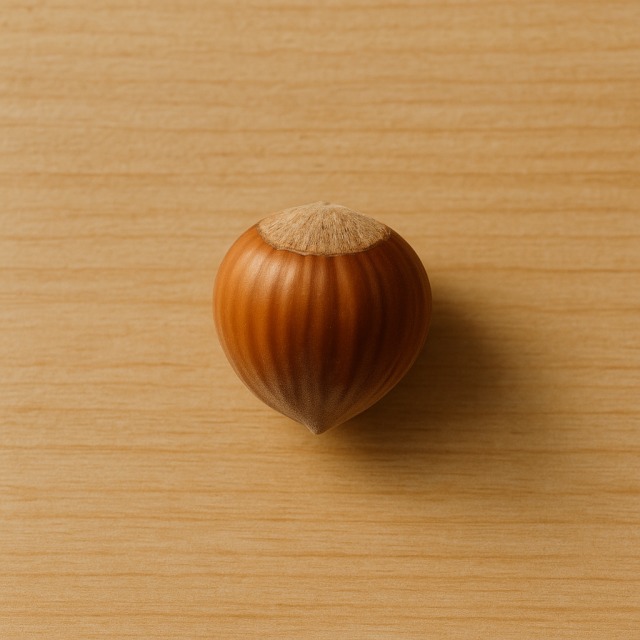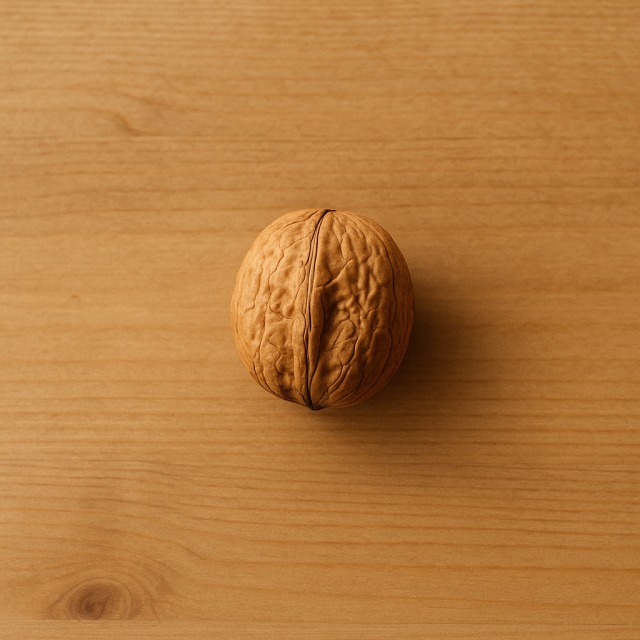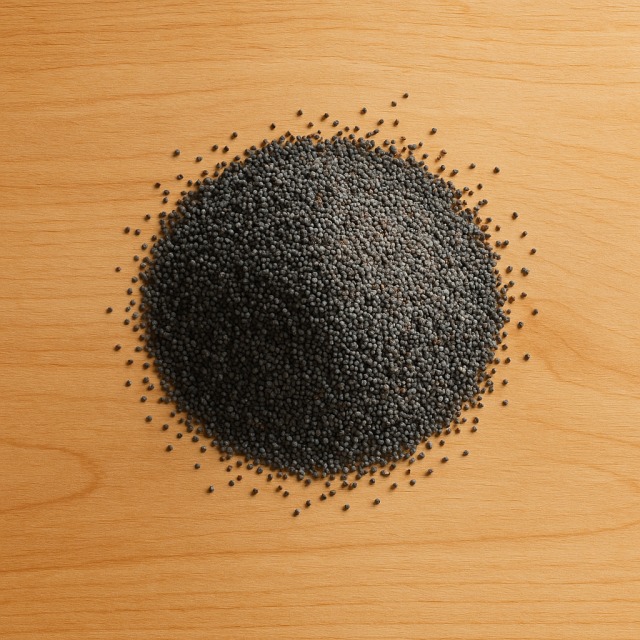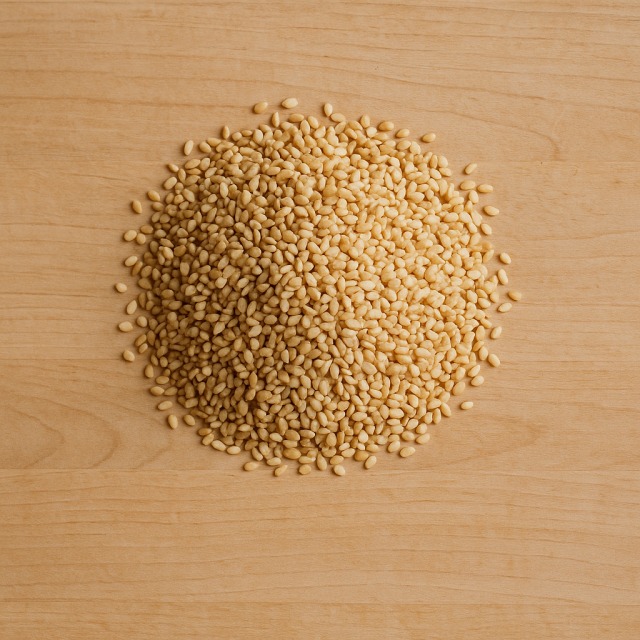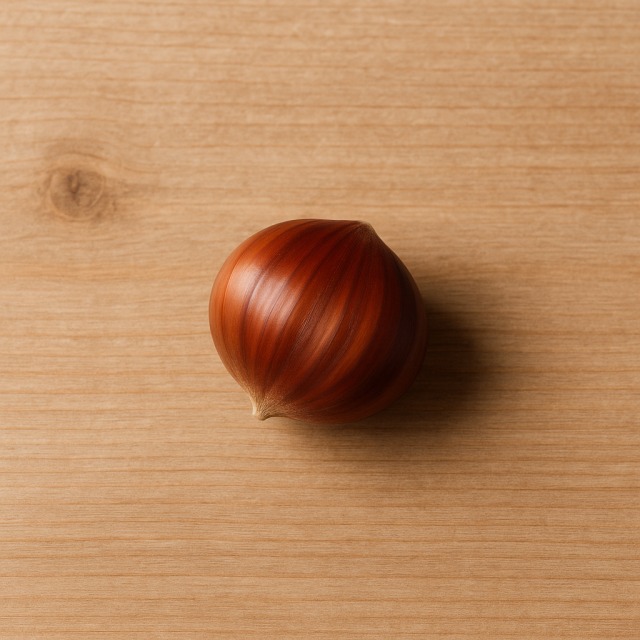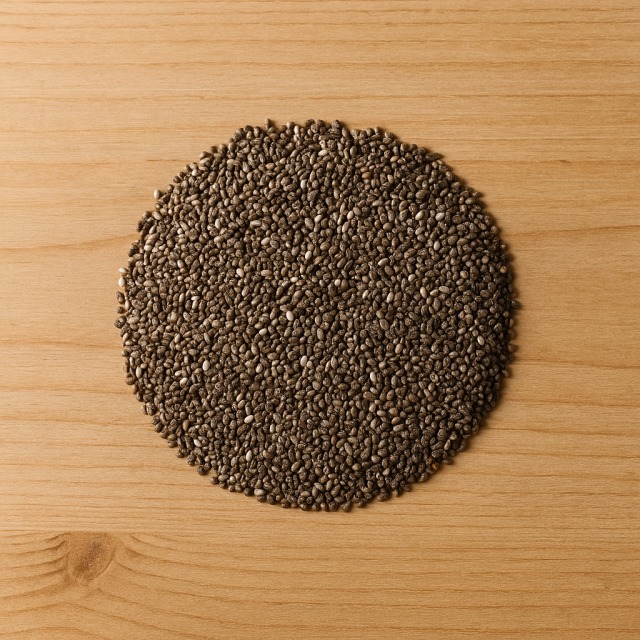Calorie Chart / Fruits / Pistachio
How Many Calories Are in Pistachio?
Calculation of the nutritional value & Recommended Dietary Intake of pistachio
For g and a calorie requirement of kcal
| Calories 170 kcal | Proteins 6.2 g | Lipids 13 g | Carbohydrates 8.4 g |
| 9% | 8% | 19% | 3% |
Health benefits of pistachio
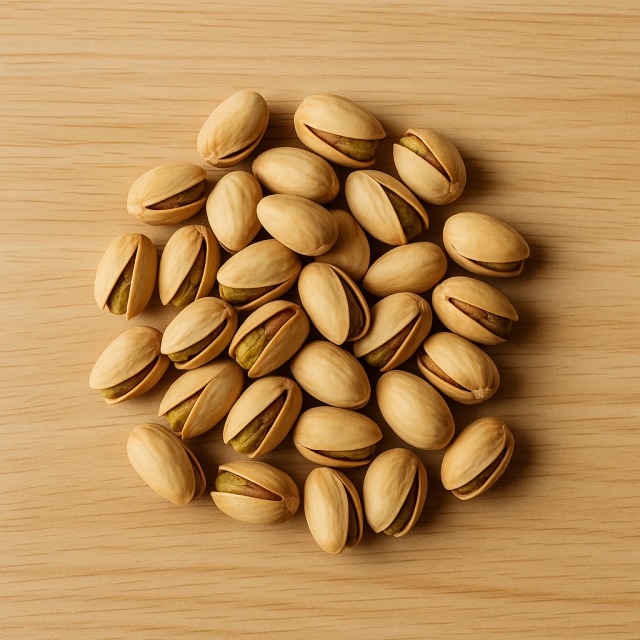
Pistachio - 100g
Calories 567 kcal
Proteins 20.6 g
Lipids 44.4 g
Carbohydrates 28 g
Pistachio is a high-calorie nut (567 kcal/100 g), but its energy mainly comes from unsaturated lipids and plant proteins. It supplies vitamin B6, thiamine, and folate, as well as minerals such as copper, manganese, potassium, and phosphorus, making it a dense nutrient package for the amount of calories provided.
The green colour is due to lutein and zeaxanthin, two antioxidants associated with eye health. Pistachio also contains phytosterols that may help keep cholesterol under control and arginine that supports vascular function. Compared with almond or walnut, pistachio delivers a little less fat but more potassium, which is useful for athletes concerned about electrolyte balance.
Despite their calories, several clinical studies suggest that a daily handful (around 30 g) does not promote weight gain because chewing is laborious, satiety is high, and part of the fat is not absorbed—though this benefit remains "supposed" until longer studies are done.
Native to ancient Persia, pistachio trees were prized by Babylonian royalty and later travelled along the Silk Road. The natural split shell known as the "pistachio smile" once guaranteed ripeness to desert traders.
Rich, flavorful, and shelf-stable, pistachios are an excellent emergency snack—but moderation is key because calories add up quickly.
Tips for incorporating pistachio into a balanced diet
If you want the flavour without too many calories, measure out 25–30 g of shelled pistachios (≈ 140–170 kcal) and add them to a breakfast bowl of yogurt and a drizzle of honey. The proteins and healthy fats slow carbohydrate absorption and keep you full all morning.
For lunch, try a quinoa tabbouleh: toss cooled quinoa with diced cucumber, pomegranate seeds, arugula, and crushed pistachios. This colourful salad provides fibre, plant proteins, and balanced calories.
At dinner, coat a salmon fillet with a pistachio–herb crust before baking; the omega-3 of the fish pairs well with the nut's crunch. Serve with steamed broccoli instead of starchy sides to control calories while boosting vitamins.
Need a quick recovery snack after sport? Blend frozen banana, cocoa powder, and pistachios into a thick smoothie: you'll get fast carbohydrates, antioxidants, and complete proteins without resorting to processed bars that often hide extra calories.
Frequently Asked Questions
- How many calories in pistachio?
- There are 567 kcal per 100 g.
- Is pistachio suitable for weight-loss diets despite its calories?
- Yes, in controlled portions (about 30 g), pistachio can fit into a hypocaloric plan: the nut promotes satiety, and studies show that not all its fat calories are absorbed.
- Raw or roasted pistachio: which has fewer calories?
- Raw and dry-roasted kernels have virtually the same calorie content; oil-roasted or salted versions can add extra calories and sodium.
- How many pistachios are in a 30 g serving and how many calories is that?
- Roughly 45–50 kernels weigh 30 g and provide about 170 kcal.
- Are pistachios a better protein source than almond or cashew nut?
- Pistachio offers 20.6 g of proteins per 100 g, slightly more than cashew and close to almond, with comparable calories.
- Can people with hypertension eat pistachios?
- Unsalted pistachios are rich in potassium and low in sodium, making them appropriate; however, salted snacks add sodium and calories and should be limited.
Similar foods
Information provided by Calorie Menu may contain inaccuracies or errors. It cannot, under any circumstances, substitute medical advice or medication.
